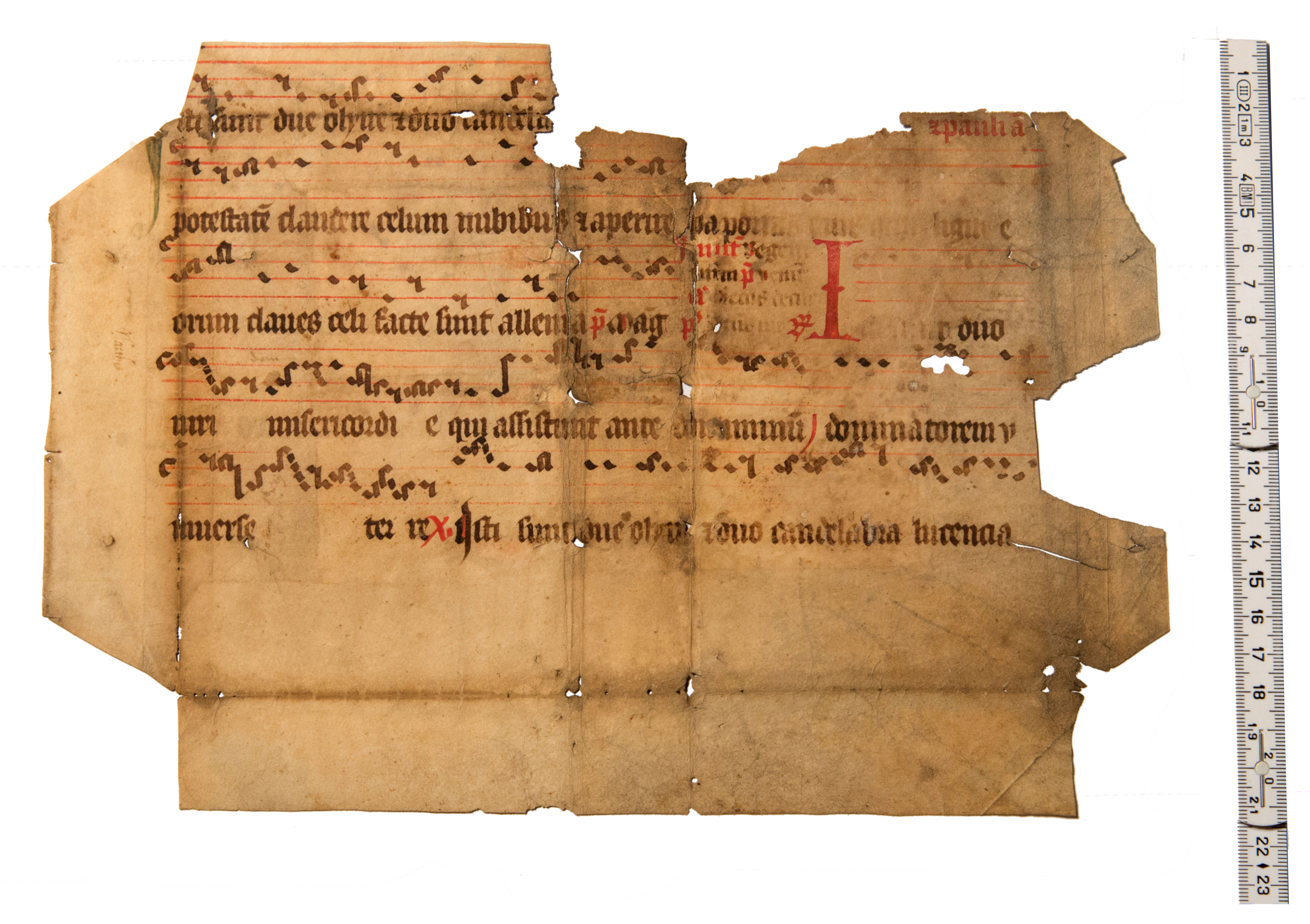Fragment catalogue
The Early Music Department’s Fragment database contains the 12th‒16th (in some cases 17th‒18th) century notated liturgical codices from the medieval Hungary to have survived in fragments. Its basis is a descriptive catalogue of 655 fragments, alongside 131 full sources, issued by Janka Szendrei in 1981. Since then it has almost doubled in size and continues to grow. The descriptions are designed to serve in an up-to-date way the purposes of medieval studies, notably medieval music studies and source research. The basic codex details and palaeographic data for each item ‒ genre, provenance, type of notation, place and time of discovery, whereabouts (collection and registration data), historical and bibliographic features ‒ are noted, along with detailed, accurate melodic and music-palaeographic portrayals. This means (1) giving in detail the liturgical content of each fragment, emphasizing major characteristics important to assigning it to a tradition, (2) identifying and submitting in transcription the melodies and other musical variants for the given region and tradition, and (3) identifying the type of the notation, designating its place among the basic medieval notation types and the Central European varieties of these.
Extra care in structuring the database has been taken with fragments of a single manuscript source or those that could originate from a known codex from Hungary. Among the main aims is to recombine virtually the fragments of collections from various cities and even countries. Such virtual reconstruction is fostered by the integration of the Fragmenta into the similarly intended CANTUS INDEX international database system.







